Winter is a season where the contrast between indoors and outdoors is most noticeable. During the winter, indoor spaces are warm, cozy, and bright while the outdoor spaces are cold, wet, and dark. Many people don’t want to spend their free time outside. This causes physical inactivity and may lead to some health problems, but there is a solution to this that lies in urban design strategies of winter cities. In this article, we look at some winter urban design and landscape architecture strategies that will help built environment professionals to design more lively, active winter cities.
Design of Winter Cities
These cities are usually cold for most of the year, and health problems such as seasonal depression can occur due to low light exposure and the decline in social and physical activity levels caused by the harsh environment. To compensate for this, it is necessary to focus on creating cozy, bright public spaces with attractive activities. Many cities do not cater well to winter activities, leading to people shutting themselves indoors during the darker months. This is caused by unsuccessful urban design strategies that focus on the use of urban public spaces only in what is perceived as ‘good’ weather conditions. A shift in thinking towards designing for all weather conditions in a 24/7/365 approach can lead to increased public space usage and better physical and mental health outcomes for a wider range of residents.
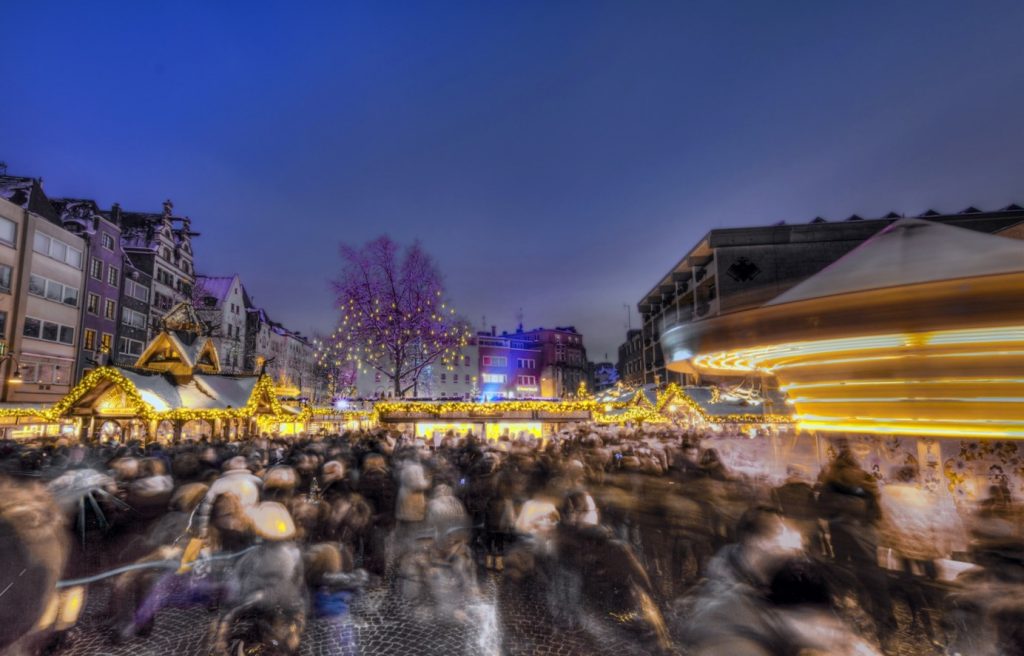
CC0_AltstadtNord Weihnachtsmarkt, Köln by Jason Mrachina
During the holiday season, when Christmas markets are held, people want to go out to see the attractions and spend time in the markets. These recreational events also affect winter tourism and change the whole vibe of a city during winter. Approximately 85 million visitors frequent Christmas markets in Germany every year. It not only makes a city more lively but also strengthens its economy during cold winter months. We can take these events as an example of a good winter city design strategy. These activities have proven to attract people to leave the comfort of their homes and spend their free time outside. Wintertime markets require not only careful logistical planning but also good spatial planning. A spike in visitor numbers associated with seasonal markets is usually very short-lived. To flatten that curve, and increase the duration of outdoor public space usage, a careful program of activities needs to be created. With this comes the importance of designing flexible, functional public open spaces that can adapt to a changing program.
The correct design of the buildings surrounding public spaces also affects these spaces considerably. Public spaces designed to catch the sunlight as much as possible in the city, prevent wind, and illuminated walkways will make the city feel safe and comfortable while letting it become more enjoyable to be outside in cold and dark winter times. Surrounding buildings also act as natural surveillance, making the space feel safer and more inviting. For a winter city, factors such as snow and ice should be carefully considered. These factors also affect the accessibility of areas, which is one of the most important factors in urban design. Also, shelter systems and canopies can be added to protect crossing points in the city streets. Careful design of routes that offer wind-shielded and rain/snow protected walking and cycling paths encourage residents to navigate the city in comfort. An increase in people visible on the street has a knock-on effect encouraging others to get outside, thus increasing the liveliness of the city streets almost exponentially.
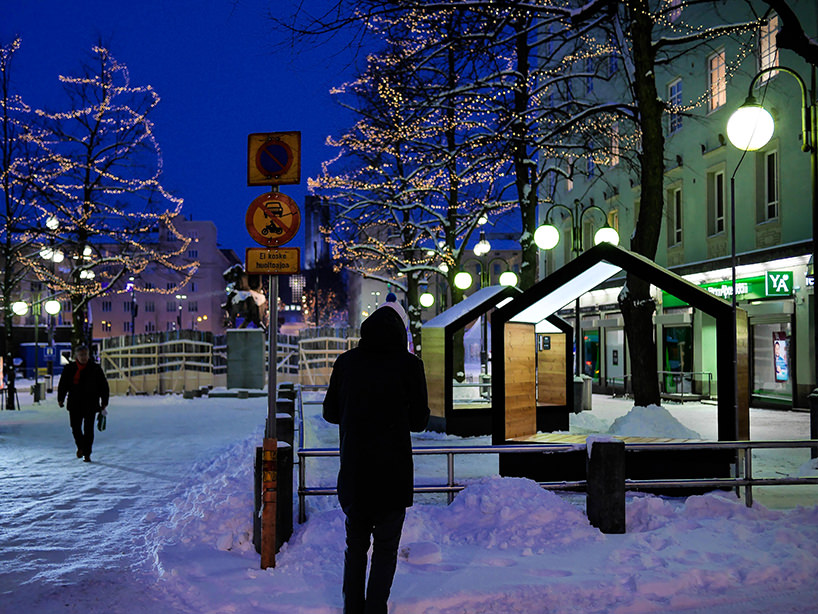
Moksa by Simo Lahtinen Suvi Saastamoinen and Mikko Rikala
Nordic cities are famous for their winter design. By working with the elements, rather than against them, many Nordic cities create welcoming and comfortable outdoor environments, by encouraging urban skiing for example. This active lifestyle encouraged by activities and events in the winter fosters social interaction to reduce health problems and alleviate stress. Nordic countries are successful in using the opportunities of the winter to their fullest.
Activities for the Winter Cities
The cold weather affecting the city has turned into an opportunity for Nordic cities with various activities throughout the city. They make the existing park features suitable for winter activities such as ice skating, skiing, and tobogganing. Ice skating on ponds and lakes in the Nordic region is a key social activity, bringing people together. Often, these water features are integrated into public parks and designed to be shallow to freeze more quickly, thus extending the skating season.
Another interesting winter activity in the Nordic region is ice swimming – cold days are not an obstacle for this activity. This is something that can also be programmed for in milder climates. Most people in Finland think that it has many physical and mental benefits, and this activity is indispensable for them. Places like Allas Sea Pool and Löyly Sauna in Helsinki are used all year round.
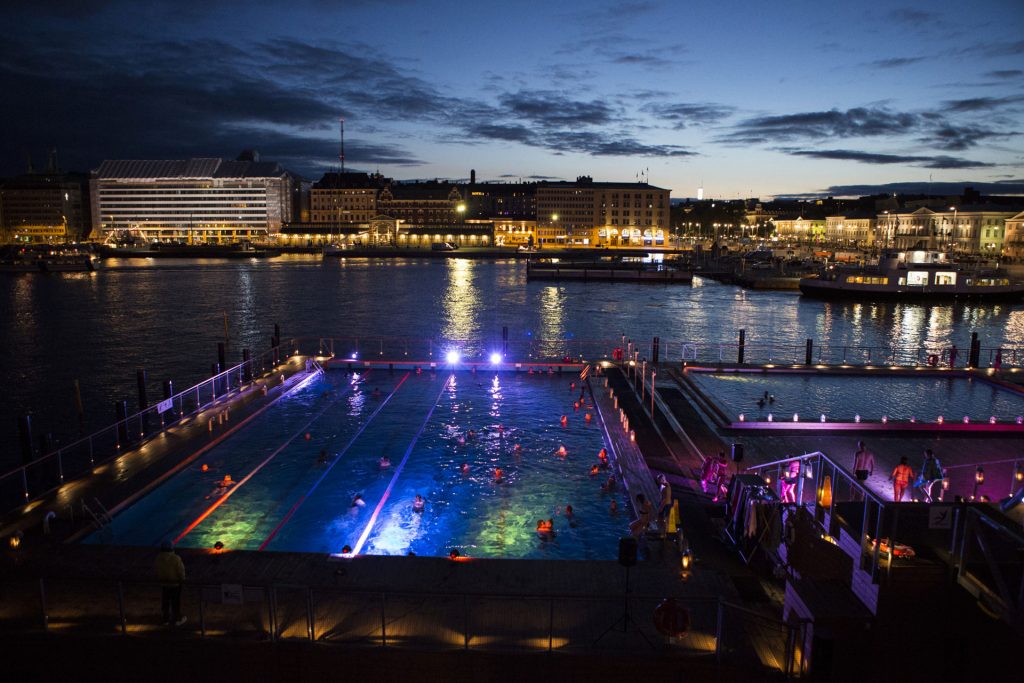
Allas-Sea-Pool Photo Helsinki Marketing
Multifunctional spaces are also key to extending the use of the public realm in winter. For example, running tracks can be illuminated at night to provide ski routes that can be used 24/7. All these features and facilities should be located within walking distance of the city center.
It is very important to support all these with other activities by adding markets and cafes that are located close by, allowing people to stay in these areas longer. The Ice Park in Helsinki located in the Railway Station Square is a key winter-time destination. In addition to skating, there are cafes where people can watch others skate, so they manage to keep people in these areas longer. In this way, social interaction is encouraged and the whole atmosphere of the city changes.
Key take-aways for winning winter city design
- Flexible and adaptable public open spaces that can accommodate a variety of events
- A mix of covered and open-air public open spaces
- Natural surveillance
- Minimizing wind tunnelling
- Integrating water features as winter skating parks
- Creating multifunctional spaces such as running/skiing tracks
- Use of illumination
Winter cities should be places where people enjoy going out in winter and spending time in outdoor public spaces. Cold weather is not a reason to stay at home; we should adapt our cities to the opportunities created by the cold weather and create welcoming winter environments. Intermittent but regular events throughout the winter and their support with creative lights will attract people to these public spaces. Good winter design can contribute to physical and mental good health throughout the year.
—
Lead image: Impulse by Lateral Office and CS Design_ Photo by Ulysse Lemerise
Article Written by Merve Koc and Mert Karaca



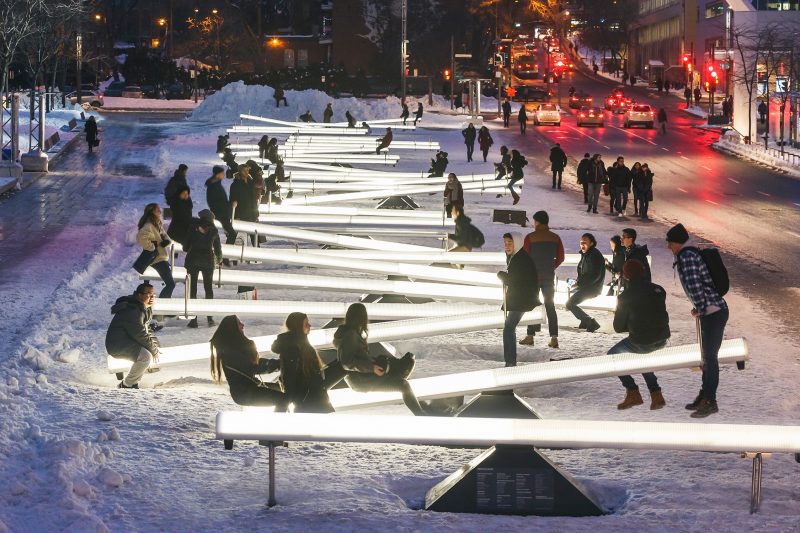

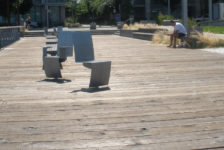
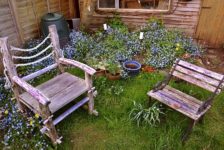
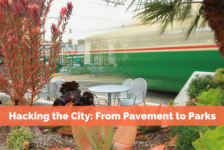
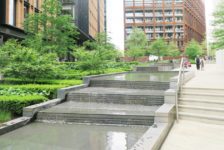
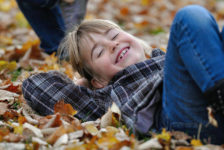
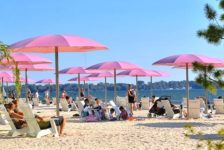
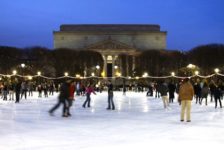
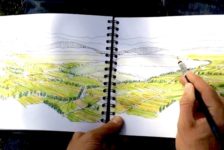
Pingback: As Princeton Looks To The Future, Current Students Are Deprioritized - The Daily Princetonian » La Crafteria